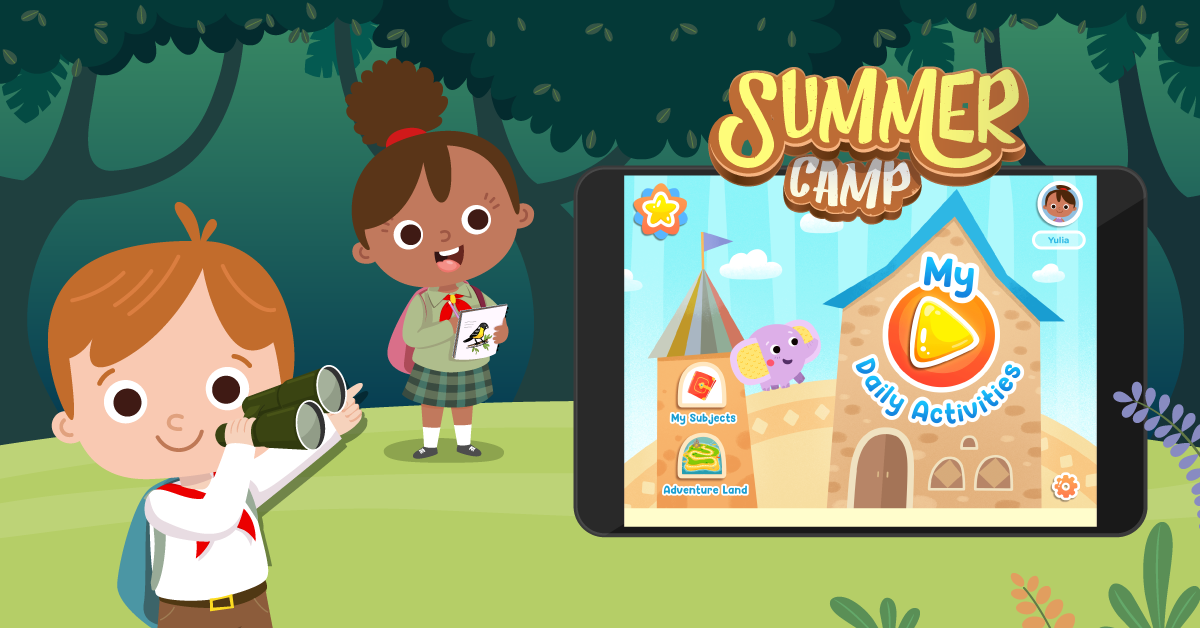Normal Tracing Shapes worksheets activities for 4-Year-Olds
9 filtered results
-
From - To
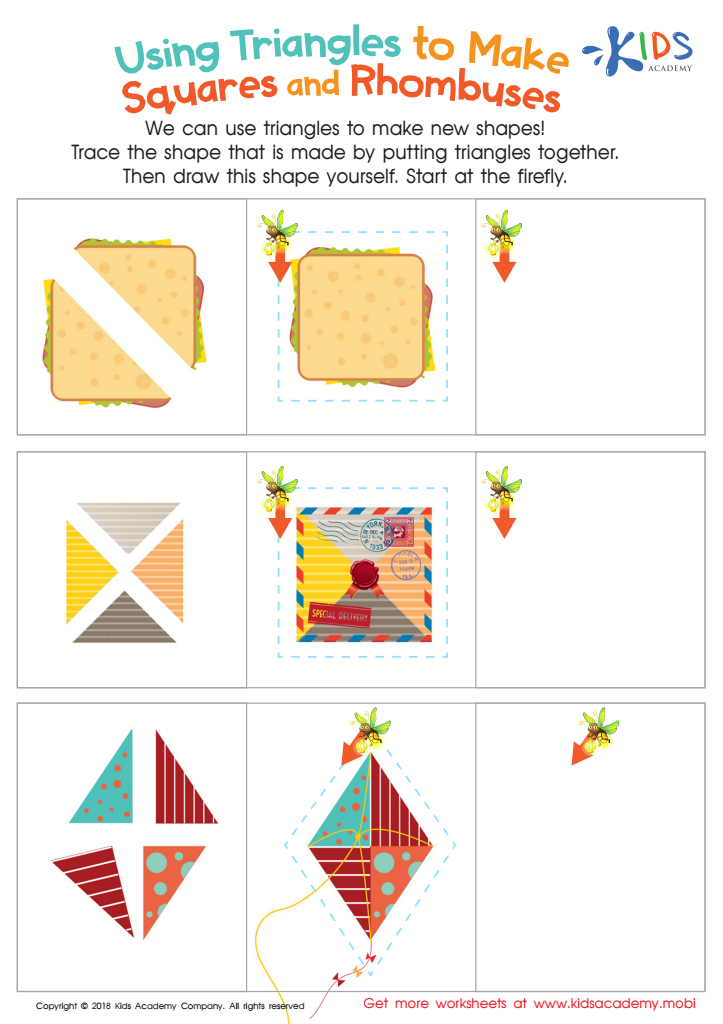

Using Triangles to Make Squares and Rhombuses Worksheet


Drawing a Triangle Worksheet
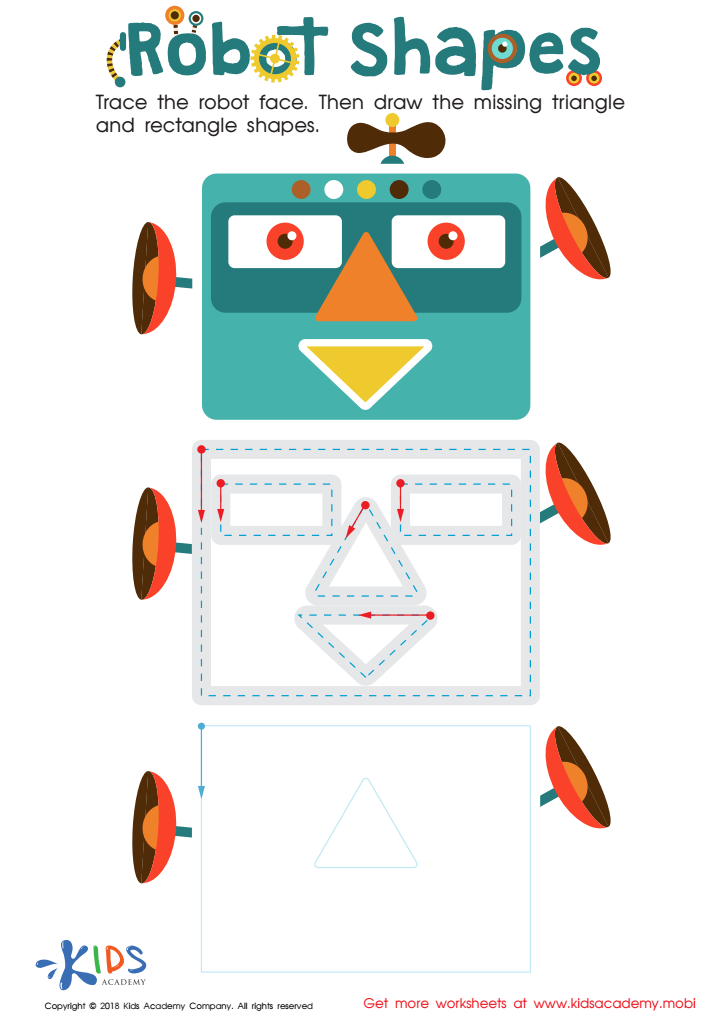

Robot Shapes Worksheet
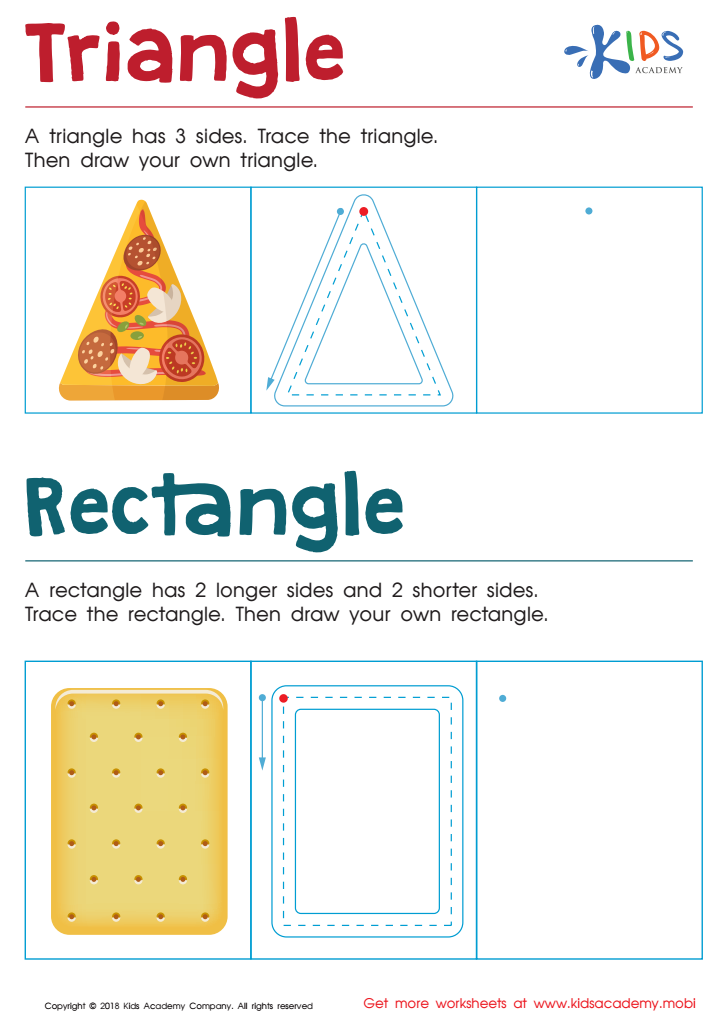

Triangle Rectangle Worksheet
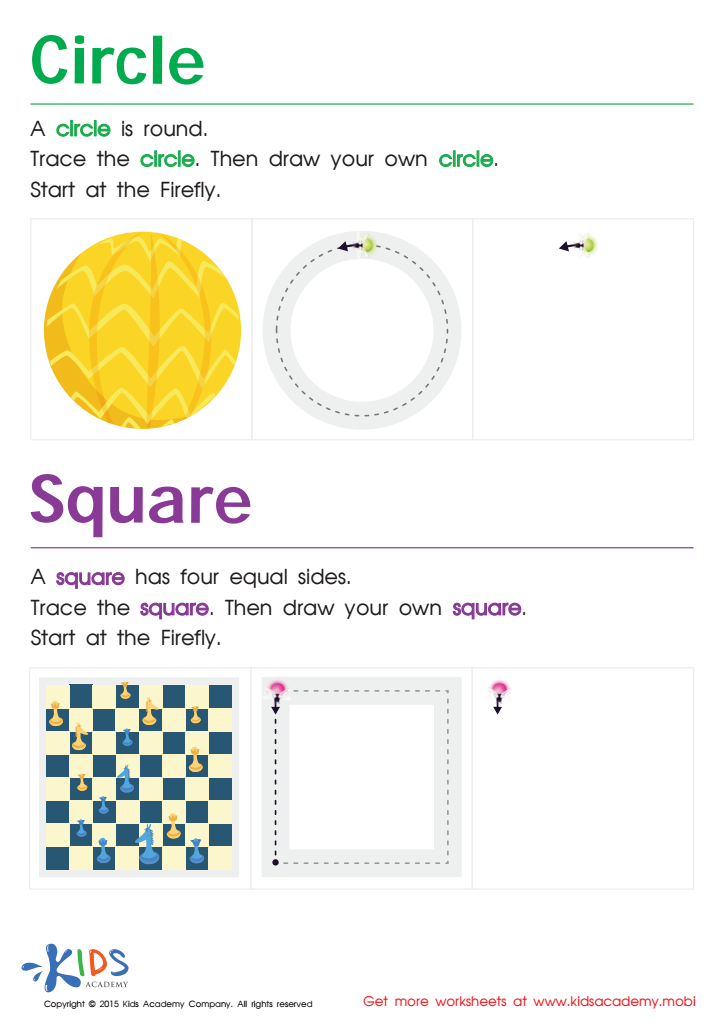

Trace And Draw a Circle And a Square Worksheet
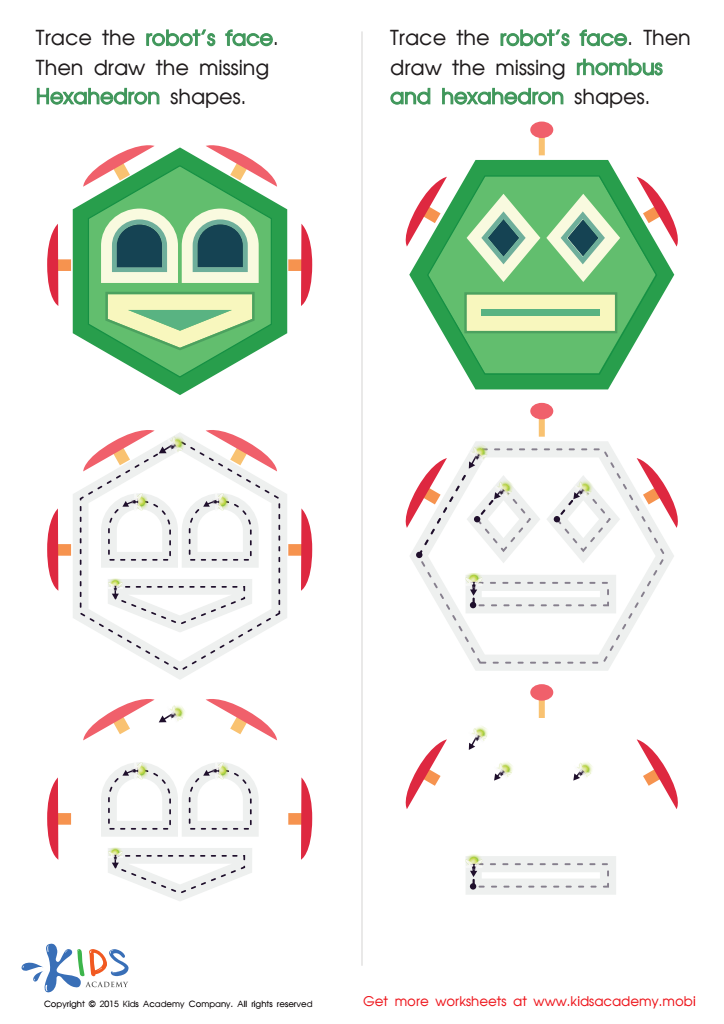

Practice Drawing Hexahedrons And a Rhombus Worksheet
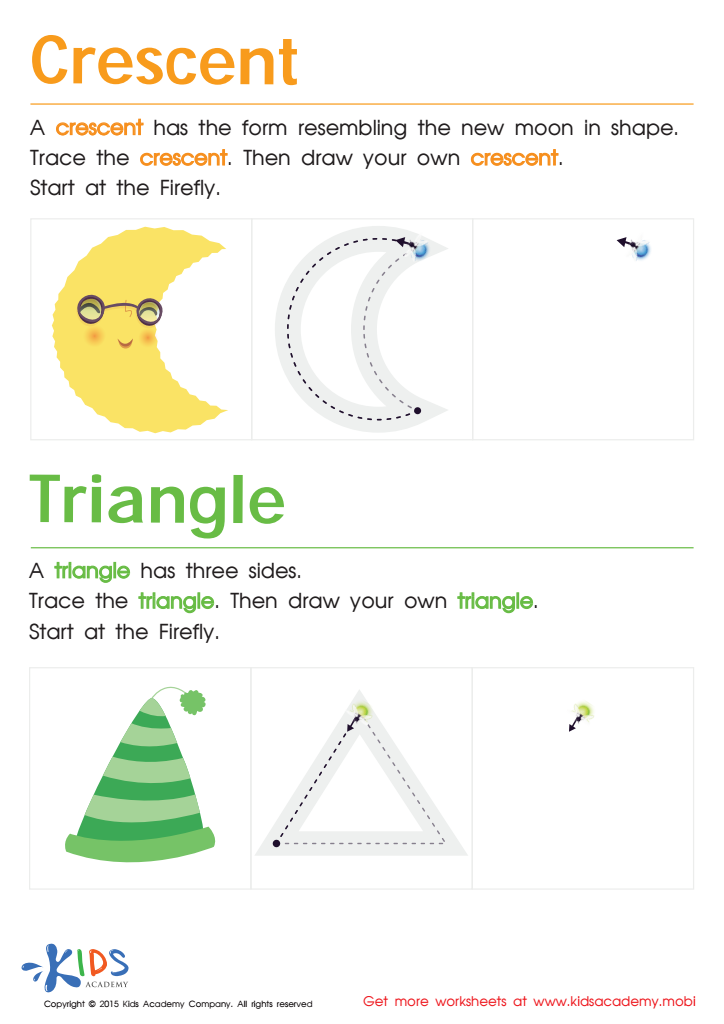

Learning to Draw Crescents And Triangles Worksheet
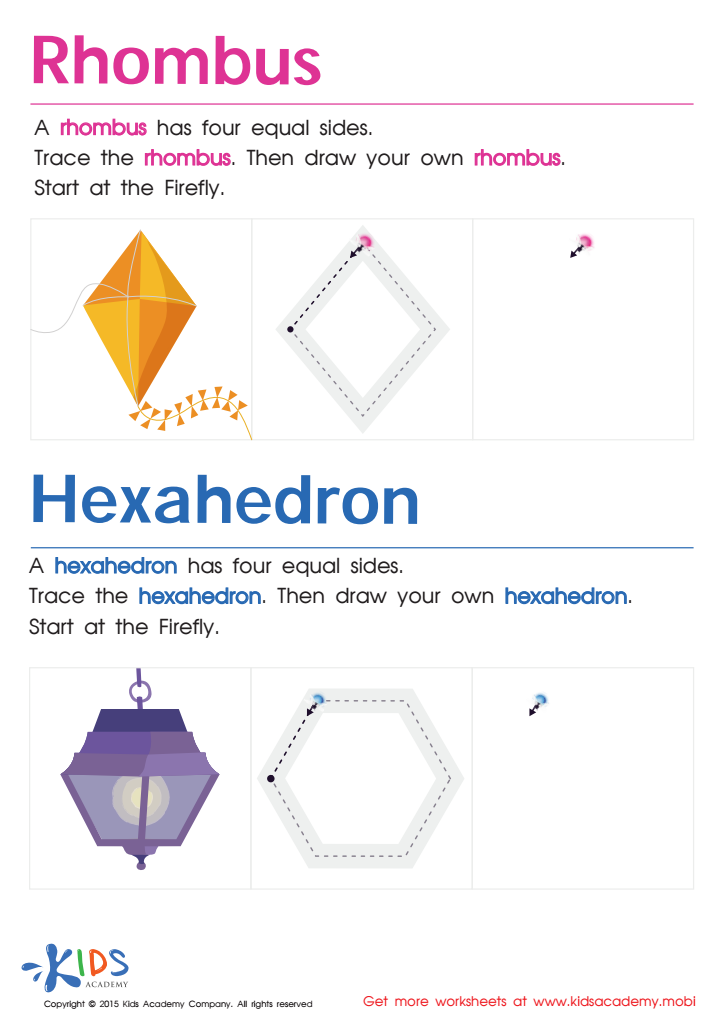

Draw a Rhombus And a Hexahedron Printable
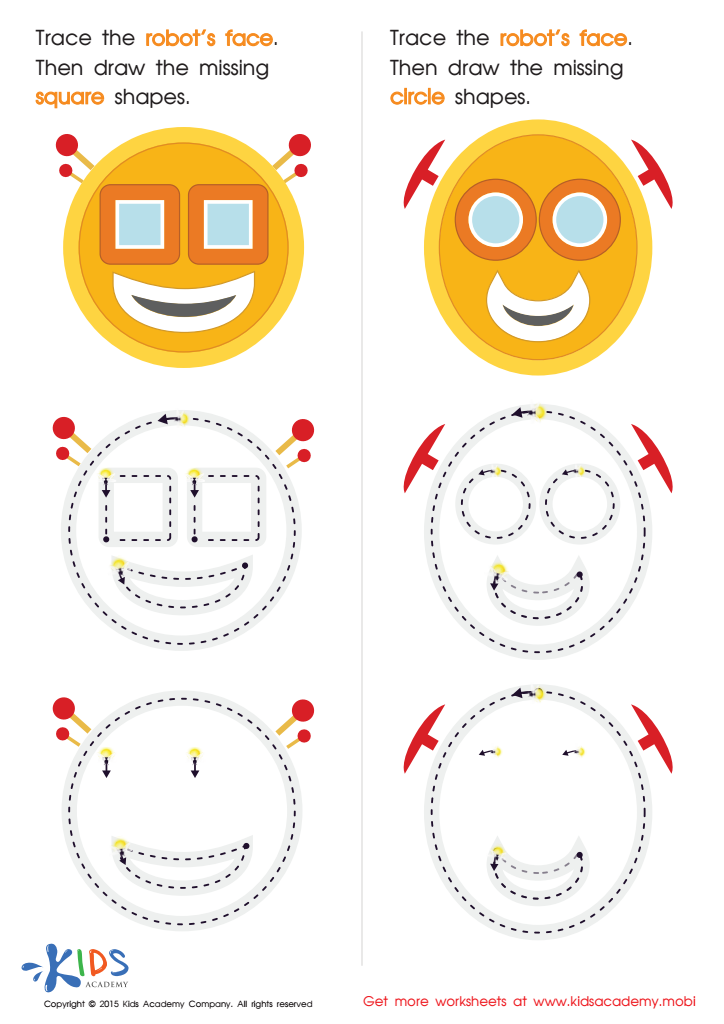

Practicing to Draw Circles And Squares Printable
Normal Tracing Shapes worksheets activities are an invaluable tool in the early education setting, providing numerous benefits to young learners. These activities are designed to help children develop fine motor skills, an essential component of their growth and development. As children trace different shapes, they learn how to control their hand movements and improve their pencil grip, which is critical for future writing tasks.
Moreover, Normal Tracing Shapes worksheets activities introduce children to basic geometry. By engaging with these worksheets, children become familiar with various shapes, their names, and properties. This early exposure to geometric concepts lays the foundation for more complex mathematical understanding in the future. It cultivates a sense of spatial awareness, enabling children to comprehend how shapes fit together and relate to each other in the space around them.
Cognitive development is another significant benefit of these activities. As children focus on tracing shapes accurately, they improve their concentration and attention to detail. This practice enhances their problem-solving skills, as they learn to navigate challenges such as turning corners and connecting lines. The satisfaction of completing a tracing task successfully also boosts their confidence and encourages a positive attitude towards learning.
Furthermore, Normal Tracing Shapes worksheets activities are versatile and can be tailored to suit a wide range of learning styles. Whether a child learns best through visual, auditory, or kinesthetic methods, these worksheets can be adapted to meet their individual needs. They can be made more engaging by incorporating colors, textures, and interactive elements, making learning both fun and effective.
In conclusion, Normal Tracing Shapes worksheets activities are a fundamental part of early education. They not only support the development of fine motor skills and introduce basic geometry but also foster cognitive growth, concentration, and a love for learning. These activities are a stepping stone to more advanced educational concepts, making them an indispensable tool in the development of young minds.

 Assign to My Students
Assign to My Students


.jpg)
